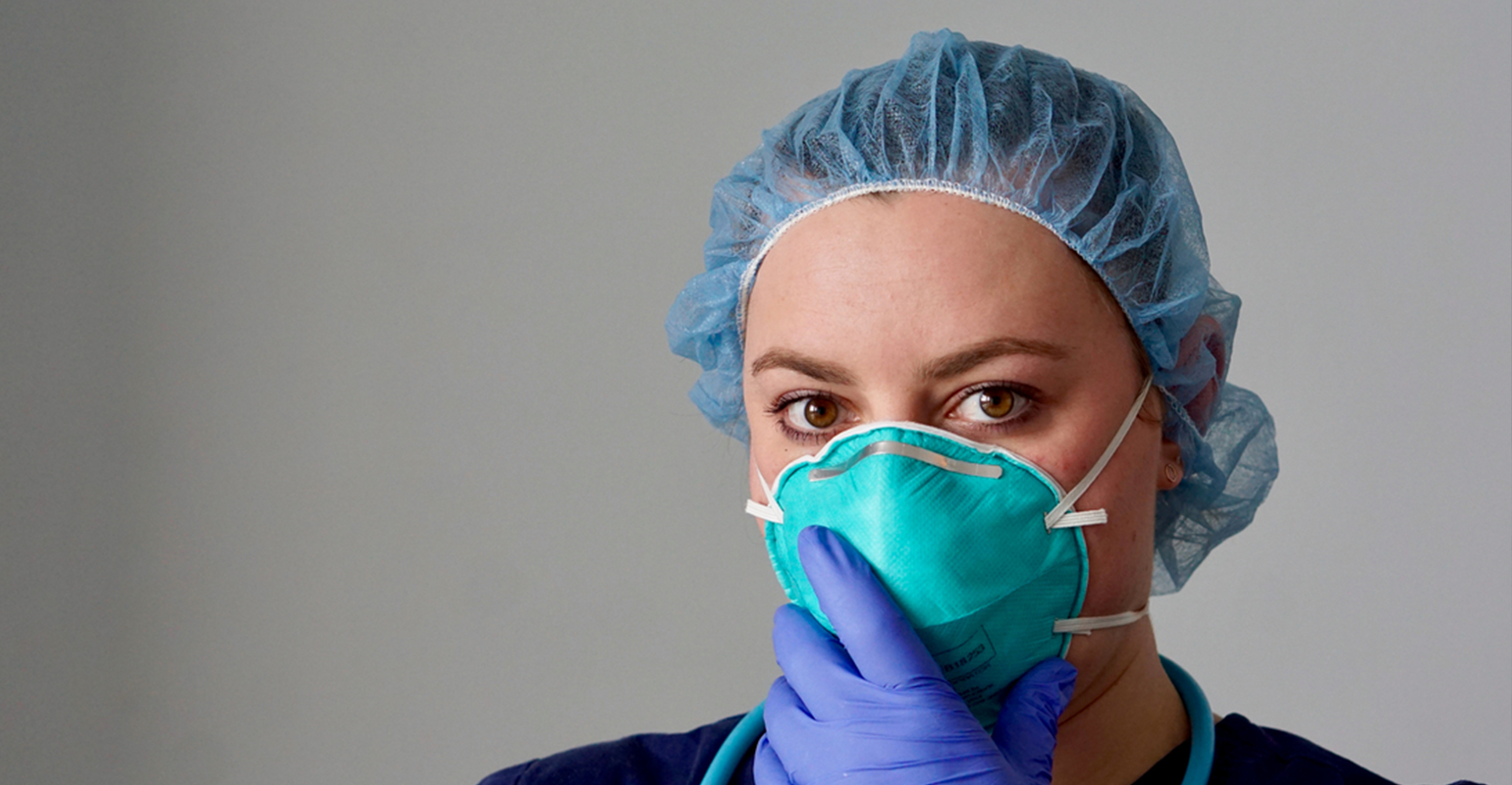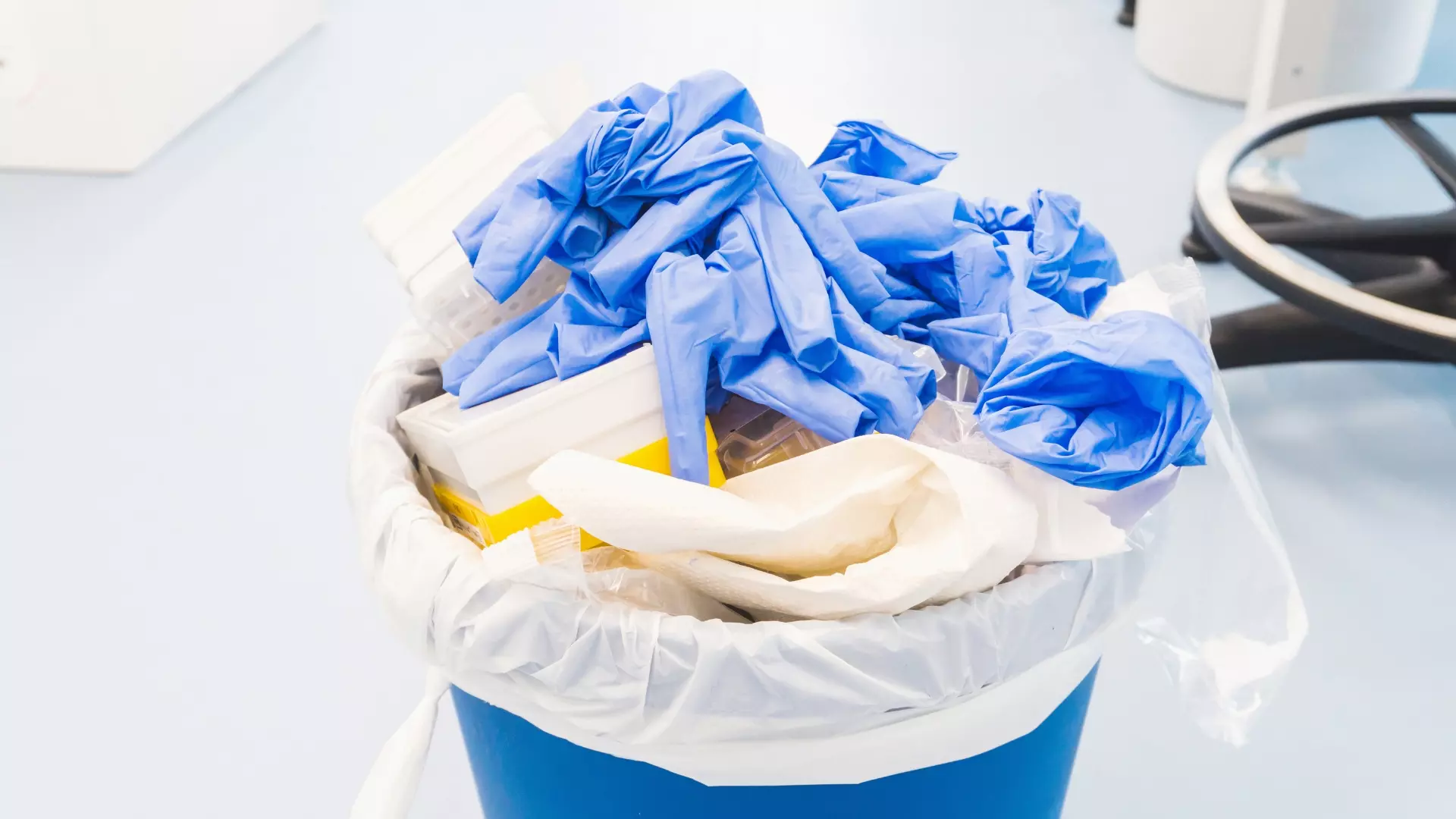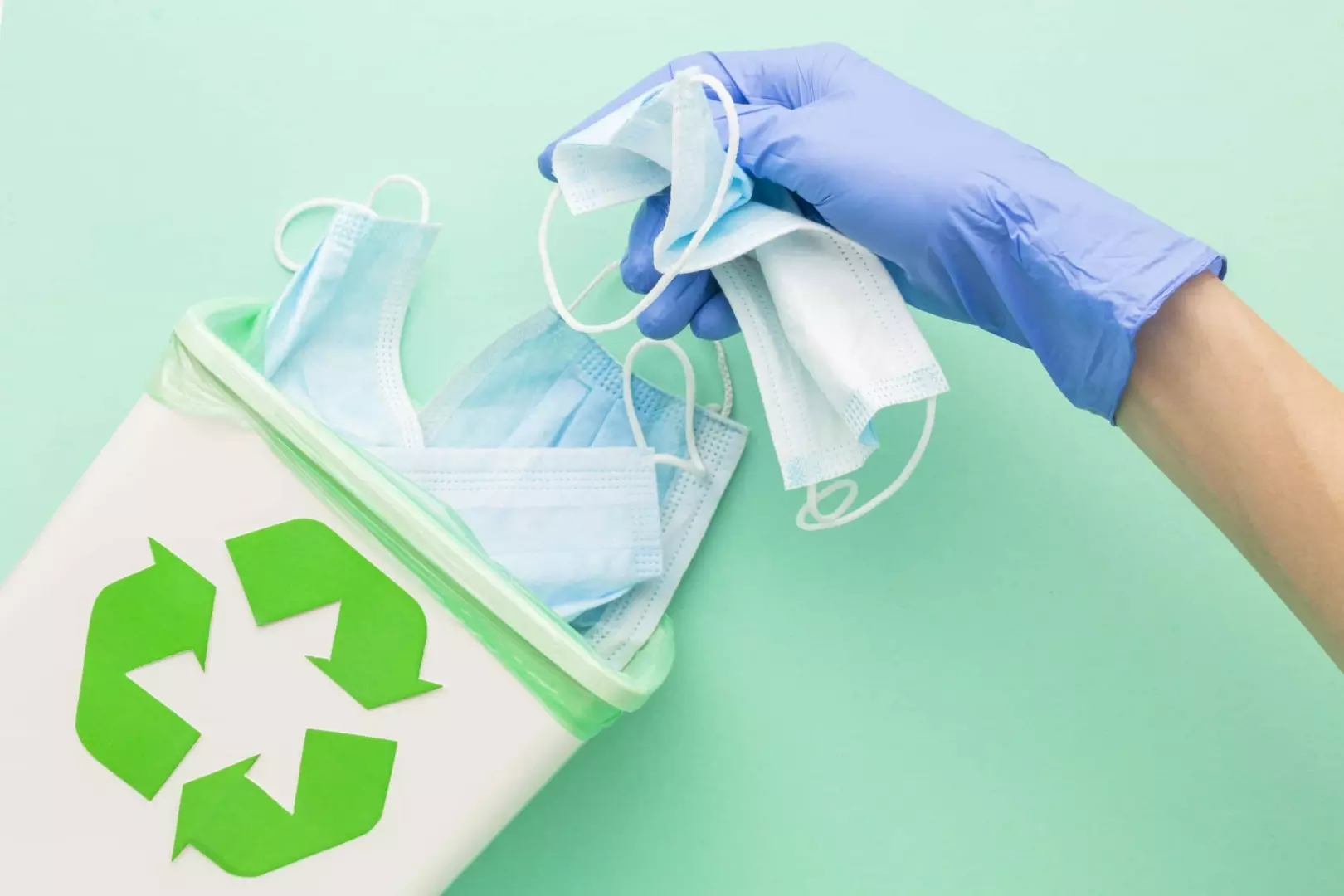Comments
- No comments found

Where there is human activity, there is waste.
The medical industry might not be the worst offender for creating waste, but it still generates a massive amount every year.
In the United States, hospitals alone generate 5.9 million tonnes of medical waste every year. This number doesn’t include medical waste in doctors' offices, dental practices, pharmacies or patient homes.
In the UK., the NHS generates upwards of 600,000 tonnes every year. Unless it’s disposed of properly, medical waste can create a massive risk for anyone who encounters it. How do we currently dispose of medical waste? What are the best ways to safely dispose of this waste and what new technologies could help make the process safer and better for the environment?

A hospital or doctor’s office creates all sorts of waste. How do we differentiate between regular waste and medical waste?
The EPA defines medical waste as “any healthcare waste that may be contaminated by blood, bodily fluids or other potentially infectious material.” That can include anything from the obvious, like needles and scalpel blades, to the less apparent, like gauze or sheets that have absorbed a patient’s blood. It can also be referred to as regulated medical waste, and the two terms are often used interchangeably. You may also hear it called biomedical waste, clinical waste or infectious medical waste.
There are eight different types of medical waste in need of disposal, including:
Infectious — anything that has come into contact with potentially infectious agents such as bacteria or viruses.
Sharps — used syringes, scalpels and other sharp single-use items that may be contaminated with blood or other bodily fluids.
Radioactive — Primarily radiotherapy-related, this waste is radioactive and needs to be treated accordingly.
Pathological — Blood or other fluids, tissues and body parts fall into this category. Anything removed from the human body can be considered pathological waste.
Pharmaceuticals — Unused or expired drugs or vaccines that need to be discarded.
Chemical - Disinfectants or other dangerous chemicals used in medical or laboratory settings.
Genotoxic or Cytotoxic — Hazardous medical waste that is considered carcinogenic (cancer-causing), teratogenic (causes damage to developing embryos) or mutagenic (capable of causing mutations in human subjects.) Chromogens such as DAB and some chemicals used for cancer diagnostics and treatment belong in this category.
General — Waste that doesn’t fall into any of the above categories but may still need special treatment, such as medical records or other HIPAA-protected information.
Around 85% of medical waste is considered non-hazardous general waste. Other than HIPAA-controlled information, this garbage can just go in the bin and get shipped off to the local landfill. The remaining 15% is considered hazardous or infectious and needs to be dealt with accordingly.
Depending on the type of waste, there are several different disposal methods. Most commonly, medical waste is incinerated or autoclaved.
Incineration is relatively straightforward, where the waste is burned. Medical facilities can choose to operate an on-site incinerator or, for an additional cost, ship their trash to an off-site facility. Incinerator location depends on local and state regulations. Facilities in city centres may not have the option to maintain an on-site incinerator due to pollution regulations. A 2020 study found that incinerators were disproportionately located in low-income neighbourhoods in the UK and were three times more likely to be built there than in more affluent areas.
The other frequently used type of disposal is autoclaving. An autoclave uses steam, pressure and high temperatures to sterilise medical waste. This practice is often used to sterilise reusable medical tools as well. Once the autoclave process completes, the waste can be discarded at a landfill because it no longer presents a risk of infection.
Other treatment and disposal practices include chemical treatment and irradiation or microwaving to kill pathogens and infectious material, but they are not used as frequently.
Sustainability is at the forefront of everyone’s mind, especially with the climate crisis deadline looming. As a species, we need to reduce our CO2 emissions by 50% by 2030 and reach net zero emissions by 2050 if we hope to avert this swiftly approaching climate disaster. This deadline has left countries and companies alike scrambling for ways to make their industries more environmentally friendly.
Everyone except the medical industry that is.
The problem of medical waste became dramatically more visible during the beginning of the 2020 pandemic. The industry is rife with single-use plastics by necessity. Things that can’t be sterilised must be disposed of and replaced. The incinerators that prevent infectious medical waste generate CO2 and other harmful greenhouse gasses. The problem lies in the fact that, for the most part, the industry isn’t looking for ways to become more eco-friendly because their focus is entirely on caring for their patients. Taking steps to reduce the amount of waste that the medical industry generates can go a long way toward creating a greener future and potentially saving lives.
Managing infectious medical waste has always been important. Still, during the beginning of the COVID-19 pandemic, when hospitals ran out of PPE to protect their staff and beds for treating their patients, it became even more essential. Microwaving or irradiating the waste isn’t a new technique, but it is a no-burn option that the WHO has recommended since the pandemic.
Commercial microwave technology is found frequently in medicine and construction because it can be a valuable tool for quickly drying lumber. In addition to reducing the industry’s reliance on incineration, irradiation uses almost no water and less electricity. It also takes less than a quarter of the time of other sterilisation techniques, making it easier for hospitals to keep up with the increased demand for sterilised disposal moving forward.

The best way to dispose of medical waste varies depending on the type of waste and available disposal facilities. Regulated medical waste only represents 15% of the industry's waste. Still, it takes special care to ensure that no one is at risk when dealing with or disposing of these materials. Some types of waste, such as tissue or bodily fluids, are best suited for incineration, while others can be sterilised via an autoclave or microwave and sent to the landfill.
Emily Newton is the Editor-in-Chief of Revolutionized. She is a science and technology journalist with over three years covering industry trends and research.
Leave your comments
Post comment as a guest